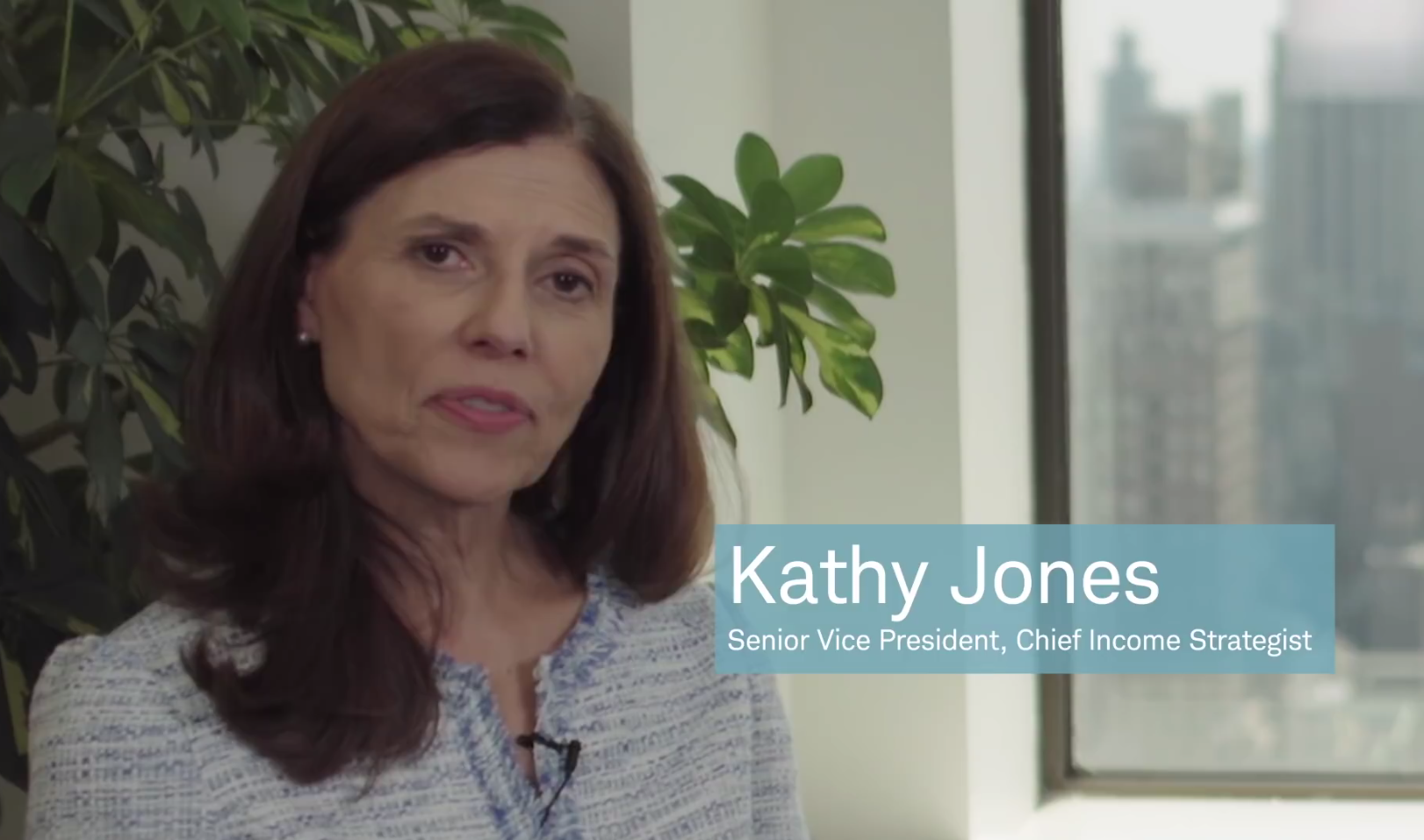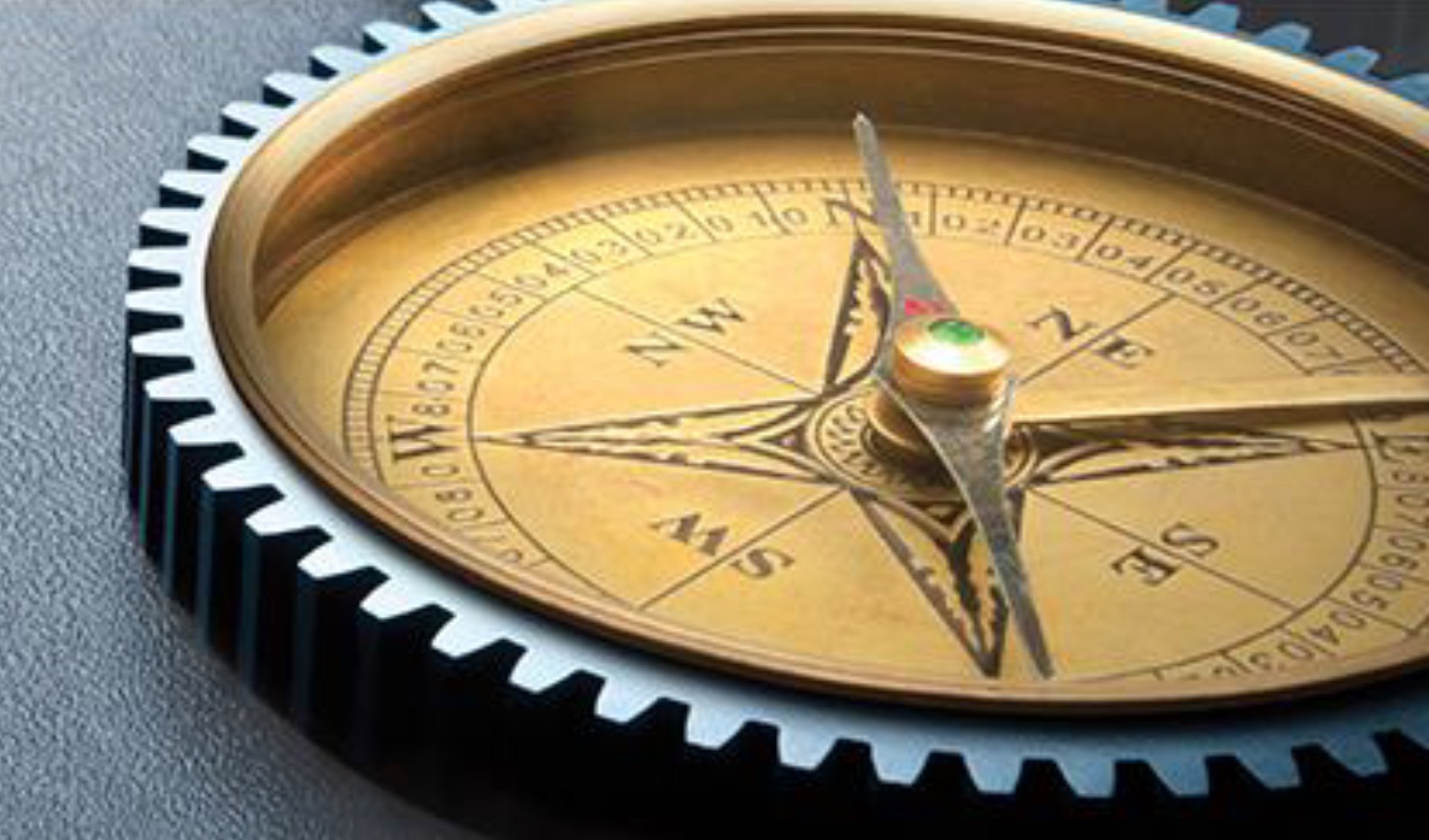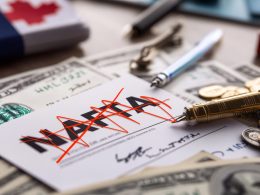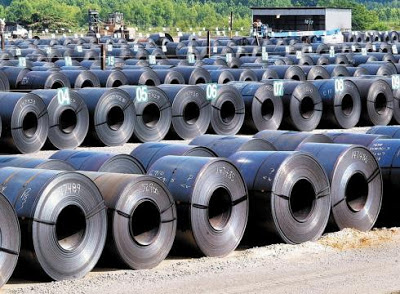TRANSCRIPT:
KATHY JONES: The Federal Reserve has been raising interest rates for the past couple of years, and it looks like they’re signaling that they’re going to continue to raise them over the next year or so, and yet what we’ve seen recently is that longer-term treasury bond yields haven’t been rising as much. The 10-year treasury yield is getting stuck right around the 2.8 to 3% area for most of this year, which raises the question of: Just how high will yields go for bonds in this cycle? I’m Kathy Jones, and this is Bond Market Today. I’m joined by my colleague, Collin Martin, and we’re going to talk about this idea of just how high bond yields might go in this cycle. So what’s your take on it?
COLLIN MARTIN: Well, one thing we look at is the relationship between 10-year treasury yields and the Fed Funds Rate because we found that over time, 10-year treasury yields tend to peak close to wherever the Fed Funds Rate peaks. So we’re looking at FOMC projections to kind of see where are they going to stop hiking rates--and based on the most recent projections, it looks like the Fed Funds Rate will probably get to the 3.0, 3.25, maybe 3.5% area. So, given that 10-year treasury yields are a little below 3% right now, that offers some upside, but not as much as a lot of investors might be expecting.
KATHY: Yeah, and based on history, then, that might be why the move-up in yields is kind of slowing down.
You know, the other thing I think that’s in here is inflation expectation. So we’ve seen inflation steadily kind of picking up towards that 2%, 2.5% region that the Fed has been targeting, but it’s been a pretty slow move. And when we look at where expectations for inflation are, they’re not much higher than this for the longer term. If you look at the implied inflation in the TIPS breakeven market or some of the survey-based inflation measures, 2 to 2.5% is about where they’re resting. So I think that might be a component in this, as well. And the other thing is, of course, global yields, right? Those are still low.
COLLIN: That’s right. Even though we have a seen a move-up in US yields, they now offer a pretty large yield advantage relative to a lot of other developed market government bond yields. So, again, 10-year treasury yields are close to the 3% area right now. If you look at countries like Japan, they’re near zero. If you look at Germany--another, you know, highly-rated, large issuer--you know, their 10-year treasury yields are somewhere between a quarter-of-a-percent and half-a-percent.
So given that wide gap, and as long as international yields stay relatively low, we think it’s going to be difficult for domestic yields to rise much further because we think demand would be pretty strong if they did continue to move up a little bit.
KATHY: Yeah, makes sense to me.
If you would like to learn more about bonds and investing in fixed income, you can find us on the Insights and Ideas tab on Schwab.com. Go to the dropdown and click Bond Insights. Or follow me on Twitter @KathyJones. Thanks for watching.















